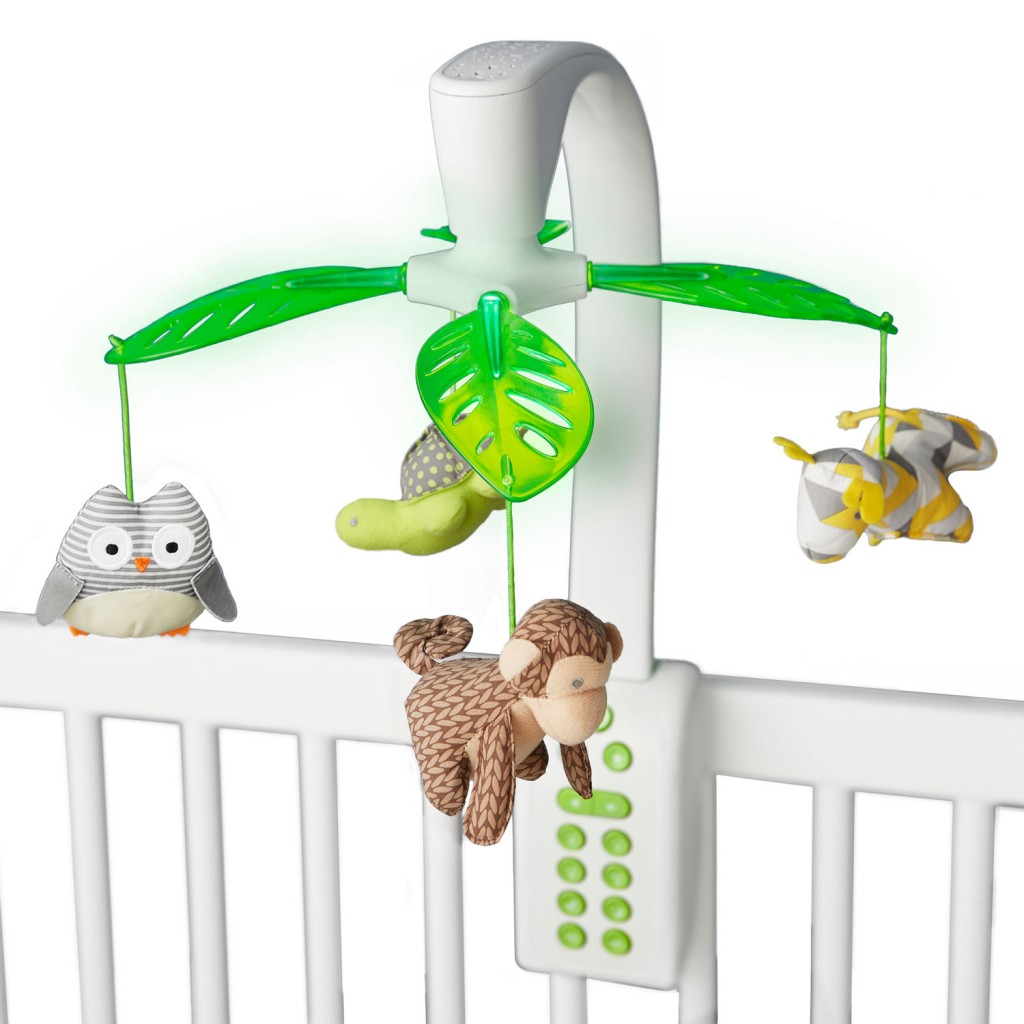Best methods to help your child get to sleep.
During the first few weeks of a baby’s life it spends more time asleep than awake. Everything is exhausting and a baby has a lot of new information to process, so he or she needs to dream. Many parents will wish that remained the case! Before long, that initial peacefulness gives way to crying fits every night, and with some kids, problems like this persist until the age of five or six. They don’t want to go to bed, they can’t get to sleep, they keep waking up in the night and demanding attention. What can you do about it?
Get the light right
Sometimes simple things can make a big difference. Young children need more sleep overall than adults, but they’re still wired to respond to the same basic light cues, which is why they wake easily once the sun is up and get restless as the day wears on. This gives you a tool you can use to cheat with. Blackout curtains in the bedroom can help them sleep longer. When it’s time for a nap or bedtime, illuminate the room with a soft, rosy-colored light, which mimics the way natural light looks in the evening, then gently fade it to darkness. This will help them to relax, become drowsy, and sleep. It’s important to get your children used to complete darkness even if it frightens them, because it’s important for eye development, so glowing stickers which fade within an hour are okay but don’t be tempted to leave a night light on.
Get the temperature right
Young children are very sensitive to temperature. Not only do you need to keep them warm enough, you need to avoid making them too warm or letting the bedroom get stuffy. Keep curtains drawn during the day in hot weather and open the windows in the evening to cool it down and cycle some fresh air through. Use a fan if necessary – because it’s rhythmic, the sound won’t usually be a problem. Use breathable bedding materials and consider installing a thermometer so you can quickly check that the room is suitable for your baby to sleep in.
Create a relaxing environment
Gentle, rhythmic noise can be a great way to settle a baby who won’t sleep, so consider playing music or a conversational radio channel with the volume turned down low, which can also give the impression there are people nearby and so make the baby feel safe. It also helps to encourage your baby to spend time alone on waking, before crying for attention, so that the room comes to feel like a happy place to be. Skip Hop’s version of the traditional crib mobile is just the sort of thing to hold your baby’s attention at this time, and wall posters featuring smiling faces or geometric shapes, both of which babies find intriguing, can do the same.
Settle them in
Many frustrated parents make the mistake of waiting until their children are exhausted to put them to bed, in the hope that this will make them settle better. In fact, because this makes them associate bedtime with stress, it can have the opposite effect. Instead, tuck them in when they’re just drowsy and spend some time relaxing together. Sing a lullaby or read a story. Remember that the tone of your voice is important in making them feel safe and at ease.
Deal with disturbances
Pay attention to the little things that disturb your children’s sleep. If too much sound is carrying through from other parts of the house, can you change your evening routine or put better soundproofing in place? Using a baby monitor means you don’t need to leave your child’s door open to be able to hear them if something is wrong. If light from the hall leaks into the nursery, make sure both lights are turned off at once. If street noise is a problem, consider upgrading to double or triple glazing or installing shutters to cut it out.
Keep a regular schedule
The single most important thing you can do to help children sleep, no matter how much they may protest about it, is to keep a regular schedule. Get them up at the same time in the morning, have naps at the same time and tuck them in at the same time each night. This will help their metabolisms to adapt so that they naturally feel sleepy at bedtime. It’s also good for their long-term health.
Young children can be exhausting, and never more so than when you want to sleep and they don’t. In time, however, these techniques will help you ease them into a healthy rhythm, making everybody’s lives easier.




